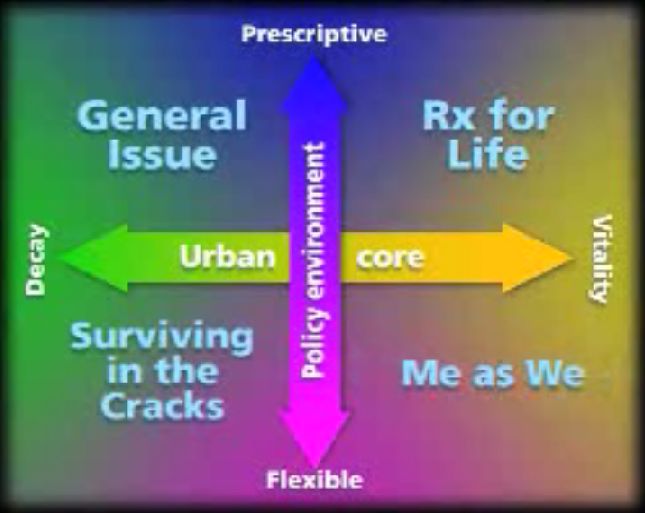I’m right in the middle of facilitating a three-day workshop in Using Technology with Classroom Instruction that Works. We are just about to get to the Strategy of Generating and Testing Hypotheses. Out of the 30 participants, less than a handful have taught science. I can tell that I will need to do my best to show the power of this strategy for all content areas.
Often when we mention the words “hypotheses” and “testing” together, people automatically think we are talking about science. To be fair, we sometimes are talking about science, but not nearly as much as people think. Generating and testing hypotheses is just another way saying “predict and determine how good your prediction turned out.” It can be used in all sorts of teaching situations. For instance, a language arts teacher might be leading students through reading a novel and ask them to predict what actions the character will take next based on what they have read so far. Then as the read more, they discuss the accuracy of their predictions. Another example is a music teacher that teaches a unit on Blues music and then has students create their own simple blues song. Creating music includes making many lyrical and melodic predictions and testing them out. A final example is the social studies teacher that asks students a big question like “What would the World be like today if the Nazis had won World War II?” Students are then asked to predict and investigate the feasibility of their predictions in a persuasive essay. Notice how the strategy tends to involve higher level thinking skills near the upper reaches of Bloom’s Taxonomy? This is why we have to use it beyond just science class.
We could go on and on about more non-science examples, but we would like to hear from you. What non-science examples can you come up with for Generating and Testing Hypotheses?

